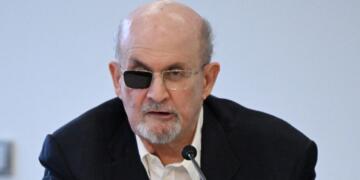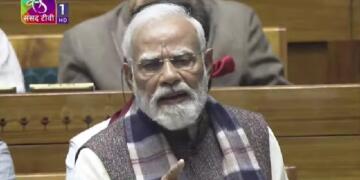Imagine a volcanic eruption: the lava, the fire, and the turmoil. Amidst all of that, there exists a scary blanket of black ash that commands fear from the people around. The scale of pollution released by such an event within a 50-kilometer radius is measured at an Air Quality Index (AQI) of around 300. That happens to be the same AQI level recorded in Anand Vihar, Delhi, on October 18, 2024, which is also the time when I am writing this article.
But that is not the only issue plaguing the National Capital. Let’s dive deep and discuss the challenges our city is facing.
For the past 10 years, we have had a Chief Minister who came into power on the basis of a billion commitments, which included ensuring cleaner air, cleaning the revered river Yamuna, enhancing education, among many others.
What has been done? Is it enough? What are the plausible solutions? For that and much more, read on…
Yamuna Crisis :
His commitments and speeches regarding pollution in the Yamuna were refreshing. In 2014, he requested a five-year timeframe to complete the project and claimed that it was his duty to make sure the Yamuna is clean. He stated, “I will not pass the blame to anyone,” and even mentioned that he would take a dive into the revered river alongside the people. However, it has now been longer than five years, and it turns out nothing has changed. In a video released just today, we can see huge amounts of toxic foam covering the river.
When is Mr Arvind Kejriwal taking a dip in Yamuna?
AAP has failed Delhi! pic.twitter.com/Q7oD7ICL1h
— Pradeep Bhandari(प्रदीप भंडारी)🇮🇳 (@pradip103) October 18, 2024
Now, as to why this happens only in the winters, the explanation is simple: cold weather slows down the decomposition of pollutants, causing chemicals like detergents and phosphates to accumulate in the river. Additionally, low water flow during this season concentrates these pollutants, making it easier for toxic foam to form when the water is agitated.
The easiest solution would have been to simply upgrade sewage treatment plants and build a few new ones. While this could have been a challenging task for a deficit-burdened state, Delhi is a revenue-surplus state. These improvements could have been made; they don’t require awareness campaigns that no one cares about. It is well-known engineering. So, was it done? Well, from 2014 to 2022, that period can be classified as just idle chatter and cries, which seem to be the norms of the AAP government.
However, they have flagged various upgrade and construction projects in Okhla, Kondli, and Rithala at a cost of 570 crores, but this will only affect 40 lakh residents of the city, and their plans regarding the Yamuna remain unclear.
Education System :
Credit where it is due: the public relations efforts are impressive. Amid all the claims of success that the AAP government constantly proclaims, a few hours of research and a deeper dive reveal what is actually going on, and I cannot find a better word than “mockery” to define the situation.
What they have done is establish an alternative school system that essentially functions as an open board called Patrachar Vidyalaya. Schools are instructed to filter students as early as class six, pushing weaker ones into a focused section or an entirely new school that belongs to the National Institute of Open Schooling (NIOS). Even in these schools, the pass percentage of students hovers around 30% in class 10 and 50% in class 12.

Moreover, accounts from children and parents who endure the experience of Patrachar Vidyalaya are filled with sorrow; many are left uncertain, and numerous students drop out of their academic journeys altogether. Another issue being faced is that schools do not offer the science stream in high school. According to an RTI, only 279 out of 838 schools provide a science stream. The reason for this is their fear of low passing and performance percentages if students were to take science.
When we account for all the manufactured inflation and manipulation of data, we find that results have remained the same since the era of Sheila Dixit, if not decreased in some years. Arvind Kejriwal was projected as a sound and intelligent individual, but what value does his time at IIT hold if he cannot develop a state that is revenue surplus and also the face of India globally?
If his achievements are to be appreciated only at a surface level, they are merely nominal. The Delhi government has spent a staggering 1,073 crores on advertisements, which represents an increase of more than 4,200 percent since 2012. The people who demanded schools and hospitals over the Ram Mandir could have financed and built state-of-the-art schools and hospitals, but alas, here we are.

This concludes the article. Do write to us with your thoughts on this, and any suggestions you may have for the Delhi government or us.
Jai Hind, Jai Bharat.




























